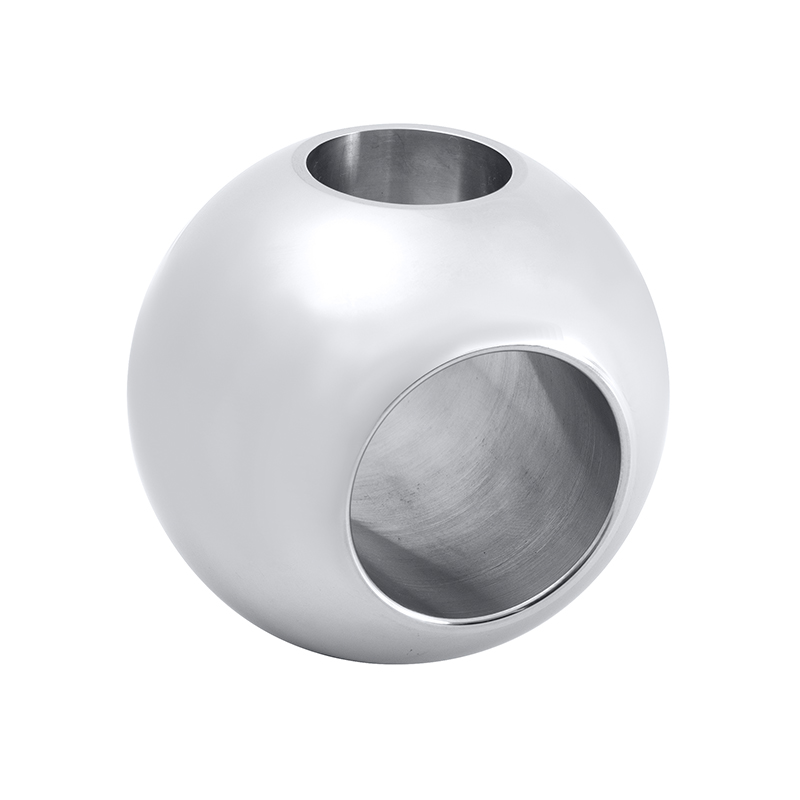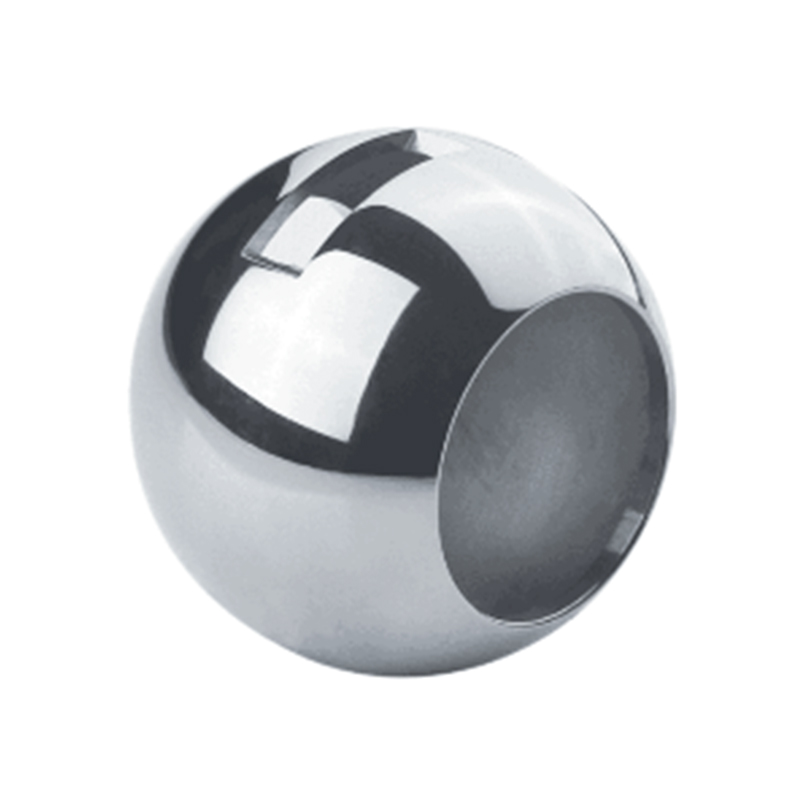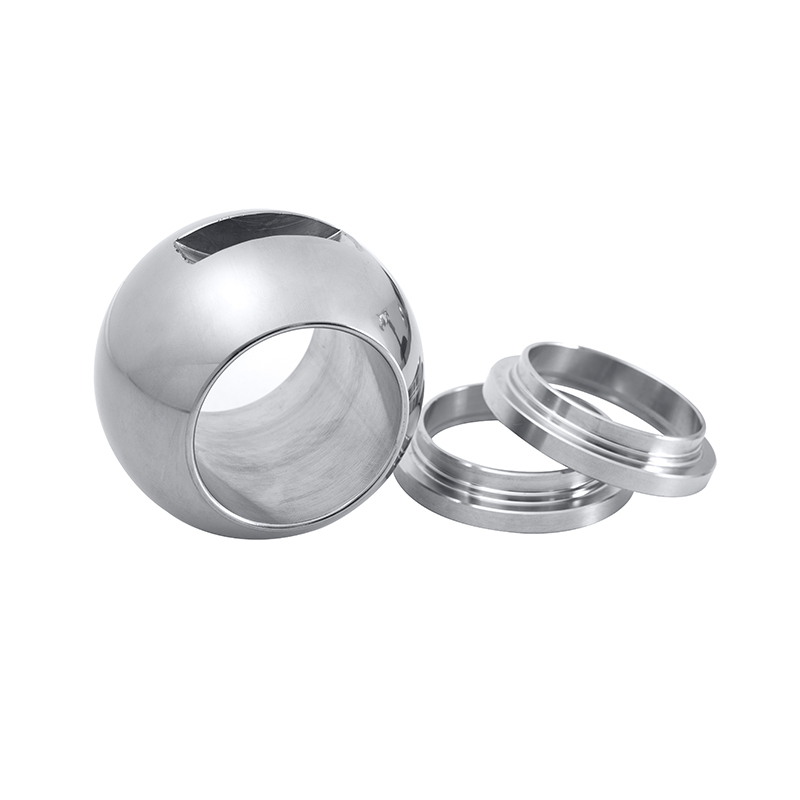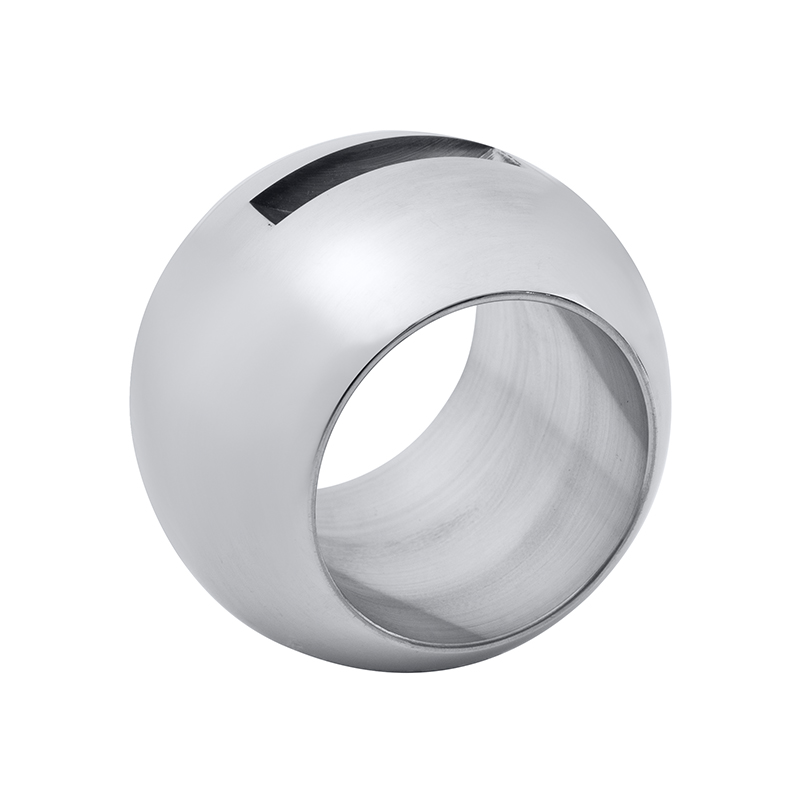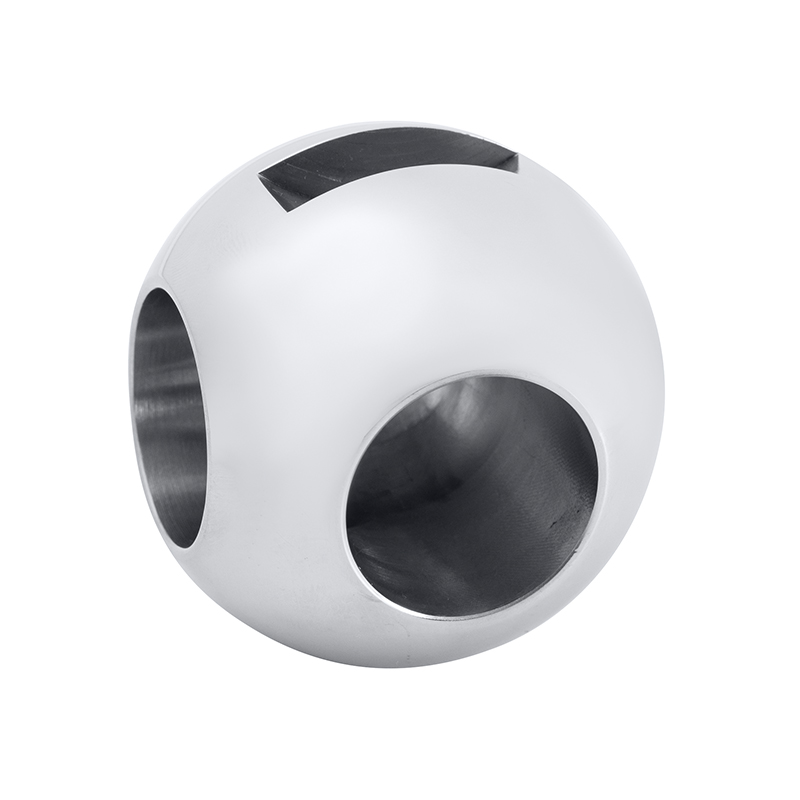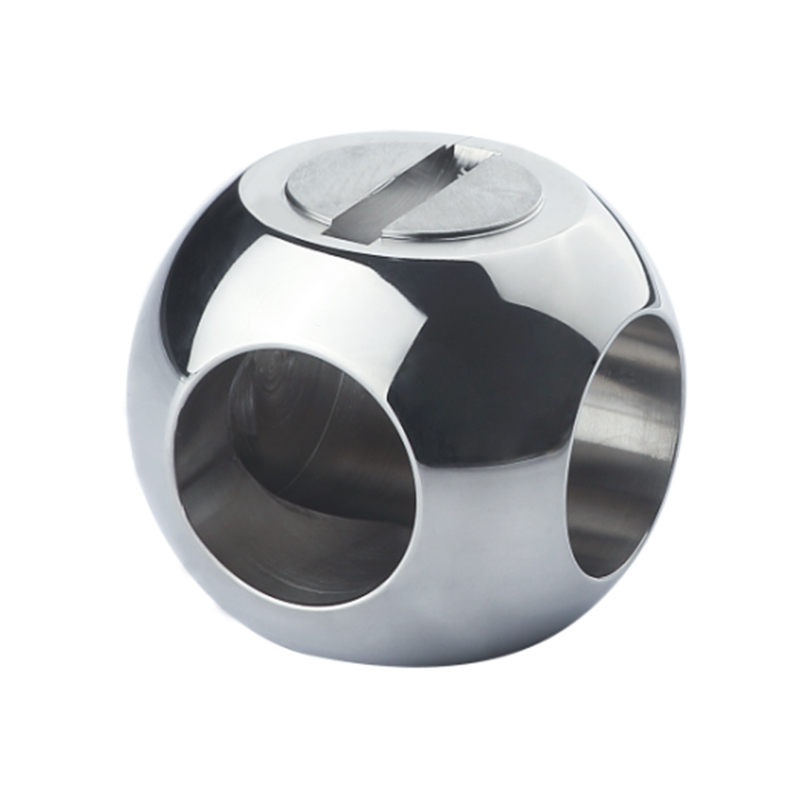In many industrial applications, valves are critical components responsible for controlling fluid flow. Among them, the 3 piece stainless steel (SS) ball valve is widely used due to its durability, ease of maintenance, and versatility. When handling abrasive media, understanding the wear mechanisms that affect valve components, especially the ball, becomes essential for ensuring reliability and longevity. This article explores the wear mechanisms occurring in ball valves, with a focus on the 3 piece SS ball valve and the benefits of a ball valve with a long handle in such demanding environments.

The Role of 3 Piece SS Ball Valves in Abrasive Media
A 3 piece SS ball valve typically consists of three sections: two end caps and a central body, which houses the ball and seals. The stainless steel construction offers corrosion resistance and mechanical strength, making it a common choice in industries like mining, chemical processing, and wastewater treatment, where abrasive particles are often suspended in the fluid.
The modular design of a 3 piece ball valve allows for easier disassembly and maintenance without removing the entire valve from the pipeline. This design is particularly advantageous when dealing with abrasive media because it enables more frequent inspection and replacement of worn parts, less downtime and operational costs.
Wear Mechanisms Affecting the Ball in Abrasive Media
When a ball valve is exposed to abrasive media, several wear mechanisms come into play, impacting the ball’s surface and the valve's overall performance:
Erosive Wear
Abrasive particles carried by the fluid repeatedly impact the surface of the ball, causing material removal through micro-cutting, plowing, or fatigue. The spherical ball, often made of stainless steel, faces continuous bombardment, which advances to surface roughness increase and dimensional changes. Over time, this reduces the sealing effectiveness and can advance to leakage.
Corrosive Wear
In many abrasive environments, the media is also chemically aggressive. The combination of erosion and chemical attack accelerates the degradation process. The 3 piece SS ball valve benefits from stainless steel’s inherent corrosion resistance, but this protection can be compromised if surface damage exposes underlying metal, promoting localized corrosion and pitting.
Fretting Wear
The ball valve's internal movement, combined with vibration and minor misalignments, causes small oscillatory motions between the ball and its seats. In abrasive conditions, these motions exacerbate wear by continuously removing material at the contact points, which affects the valve's tight shut-off capability.
Fatigue Wear
The cyclic loading and unloading during valve operation can advance to micro-cracks on the ball’s surface. When combined with abrasive impacts, these cracks may propagate faster, weakening the ball and potentially pilot to fractures in bad cases.
Design Considerations: Ball Valve with Long Handle
The operation of ball valves in abrasive environments can be physically demanding. A ball valve with a long handle provides enhanced leverage, making manual operation easier and more precise, especially when the valve requires frequent opening and closing to manage abrasive flow.
The longer handle allows operators to apply less force, reducing fatigue and improving control over valve positioning. This can be crucial in applications where incremental adjustments are needed to lessen the erosive impact on valve internals by controlling flow velocity and particle concentration.
Additionally, a long handle offers better safety margins by allowing the operator to stand at a safer distance from potentially hazardous environments, such as high-pressure or chemically aggressive media.
Maintenance Strategies to Mitigate Wear
Given the complex wear mechanisms affecting 3 piece SS ball valves in abrasive media, adopting proper maintenance practices is essential:
Regular Inspection: Scheduled inspections help detect early signs of wear or corrosion on the ball and other internal components. The 3 piece design facilitates this process.
Seat Replacement: Valve seats are typically made of softer materials that wear faster. Replacing these seats timely prevents further damage to the ball.
Surface Treatments: Applying hard coatings or surface treatments on the ball can improve resistance to erosion and corrosion, extending valve service life.
Proper Operation: Using the long handle to operate the valve gently and avoiding rapid on/off cycles reduces stress and wear on internal components.
Understanding the wear mechanisms of ball valves in abrasive media is crucial for selecting the right valve and ensuring operational longevity. The 3 piece SS ball valve design offers advantages in maintenance and durability, while a ball valve with a long handle improves operational control and safety. By recognizing the effects of erosive, corrosive, fretting, and fatigue wear, industries can better manage valve performance and implement strategies to reduce downtime and costs in abrasive environments.

 English
English Español
Español Deutsch
Deutsch
